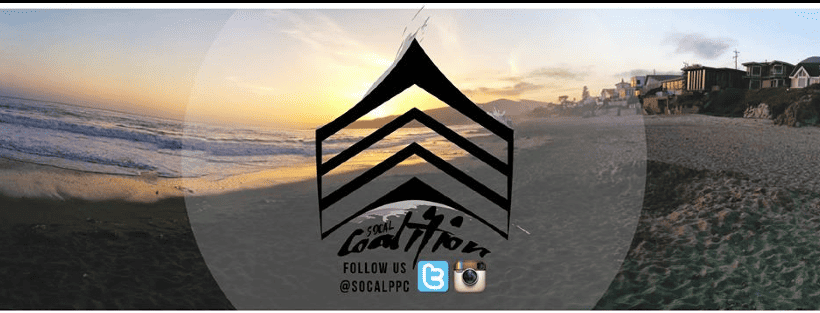

If anything has changed in the past decade concerning the music industry, it is that the majority of the work, promotion and marketing, happens online. One of the biggest milestones in this digital revolution were the “MySpace days” of the mid 2000’s where record labels would literally take into account how many “friends” your band had online when considering any signing. Fast forward a few Fall Out Boy albums later and you’ll find out that not only that Tool has yet to release a follow-up to 10,000 days, but also that to be a successful band in the 2010’s, not only do you have to have a strong online presence, but it also has to extend to MULTIPLE social media accounts. With this in mind, we now know the goal is to have engaging social media accounts. Knowing the term “Social Media Optimization” will help in the pursuit of building a stronger brand for your band.
This term begs the question for newcomers, “What is Social Media Optimization?”
A quick Google search will tell any newcomer that Social Media Optimization (or SMO for short) is the process of increasing the awareness of a product, brand or event by using a number of social media outlets and communities to generate viral publicity.
Easier said that done, right? The good news to this newly developing field is that many bands, businesses and brands have already taken on this challenge over the past few years and have not got the process down to a science, but based off of trial and error from their own faults, as well as other businesses’ downfalls. With that said, here are five helpful suggestions to help your band get known in the online community.
1. Know who Your Band’s Audience is
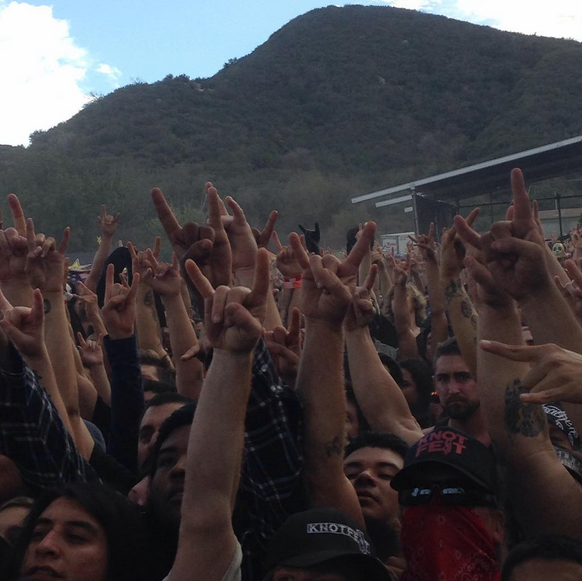
In a perfect world, a musician could walk up to any stranger in close proximity, make small talk for a few minutes and covert them as a new fan of their music. Unfortunately, this is not the case and if the countless “mixtape memes” that are floating around on the Internet do not prove this, that first hand failure will. Face it, not everyone is going to like your band. It’s the sad truth. Even the most popular rock groups in the world still have handfuls of people that do not fancy their music for whatever reason. This is why it is so crucial to identify what type of people your band is appealing to.
The SoCal Pop Punk Coalition, for example, aims to help pop punk bands located in Southern California get the exposure they need. This is why the group aims to promote within the 16-35 year old demographic. Surely there can be older fans of pop punk, but the saturation on the fan base is toward the younger side of the spectrum. Likewise, a classic rock or new wave band is going to promote to a fan base that is a bit older. These bands are not omitting their younger audience, but simply acknowledging a demographic that will yield better engagement with their material. This is why it is so crucial for upcoming bands to attend local shows in their area. Not only will they get the chance to support other upcoming acts, but they’ll also be given many chances to expand their network, and possibly fans, if they put themselves out there to meet new people.
Networking also ties in to the second part of knowing your audience: location. It can be very exciting to a musician when they find out someone else across state lines represents their small band. It can be so exciting that independent bands use time and energy to get as many states and countries “represented” as possible. While it’s good to have fans across the board, this is a technique I like to refer to as “shotgun promotion.”
There is no rhyme or reason behind the reach. The goal is to get as many random people as possible. This can tire out the musician to the point where they exclaim…

The key word here is “optimization.” The goal should be to maximize the result and decrease the effort so more time can be used to build up the brand.
What a band should do is attempt to get as many fans that are in close proximity t0 their central location as possible. Lack of “the scene” should never be an excuse. If the scene does not exist or is dying in your neck of the woods, build it up with your band. So many upcoming bands are hooked on the idea of “making it” that the sense of community started to die out, and with that, local support. Don’t be a stereotypical pop-punk band and “hate your town.” Your hometown made you. That is something unique. Use it in your favor.
2. Go Against the Grain

Listening to radically different music is a unique experience. Many people can recall the first album they ever heard/bought. There have been so many “I remember the first time I heard Blink 182” stories tossed around over the years, but the irony was that many people hated what they were doing and what they were about when they were slowly making their way to fame in the 90’s. A lot of elitist punks considered Blink 182 as a perversion of what punk should be. Sure, Blink was not the first pop-punk band ever; Descendents were singing about relationship issues back in the 80’s and Green Day were also making their way into the lime light, however, Blink always stayed true to their quirky, tongue-in-cheeck version of punk rock. SPOILER ALERT: it paid off.
The same can be said for the new bands of today. Don’t be afraid to change up the song formula a little bit and throw in a dash of your own creativity. One of the major critiques to the modern pop-punk is is that “everyone sounds like The Story So Far.” TSSF is a great band, but they have they own unique way of writing a song. Don’t think “What would The Story So Far do?” when writing a song or making merch. Think of what fresh and exciting ideas you want to bring to the table.
The more unique a band’s idea is, the more marketable it may become and may have the possibility to go viral. Don’t be afraid to take a chance.
3. Have a Set Posting Schedule

“We will be premiering *insert new media here* at midnight! Keep your eyes posted!” Awkward time schedules have gotten the better of some the lesser known bands. It’s okay; it’s part of the learning process.
Unless your name is “Tom Delonge,” or your fan base rivals in size, chances are not many people are going to stay up until midnight to see or hear whatever you are putting out to the Internet. Even if some people do, the potential drops significantly when posting around the “wrong” times.
So what are the “right” times to post?
Think of content posting compared to television. There are a lot of morning talk shows since many people watch television before commuting to school or work. The same can be said to social media.
One of the first things a millennial will do when they wake up in the morning is to check their social media accounts. This gives the window from 7 a.m. to 9 a.m. to make a post.
Moving on with this analogy, daytime television represents a window between 11 a.m. to 1 p.m. to make another post, as many people check their smartphones while eating lunch. “9-5” workers check their phones when they get home from work which makes 4-6 p.m. a good time to post. 6 p.m. should be the latest time to post, however, if you have something special, or really feel the need to make another before the day’s end, you can use the “primetime slot” of 8 p.m. to 9 p.m. to make one last post for the day.
Tying into national holidays can be helpful as well. Not only will your post be included in trending tags, but also these types of posts can appeal to larger demographics than average postings.
The key in this concept is consistency. A brand must constantly be engaging with their audience. Fans should have your band’s name in mind, pretty much on a daily basis. Although it is good to post frequently in prime hours, not every post will have the same effect on your audience.
4. Make Every Post Count

Your band is what you post (just like you are what you eat).
Just because your band is posting often does not necessary mean you’re on your way to a record deal. Your band needs to post quality material to get a quality response. One of the many common downfalls that bands employ is the overuse of Internet memes. Memes can be great when your band is drawing a blank on what to post. Memes are easy to make, public domain and have great potential to go viral, however, when used in excess, it can make a band page look like a meme profile.
One of the biggest turn-offs for music equipment companies is seeing an over saturation of memes. Companies that want to invest in your band want to be confident that their investment will be worth while. Put yourself in a record label’s shoes; if you had to choose between a band that is posting content of them regularly attending and playing shows versus a band that has a page dominated with memes and very few live shots, which would be more logical to sign for a record deal? It’s not rocket science. Think about each post before you put it out to the world. Think about the goal for each individual posting. If your band doesn’t have enough resources for original content, then it would probably be best to draw out a game plan before going out and promoting.
5. Get Organized
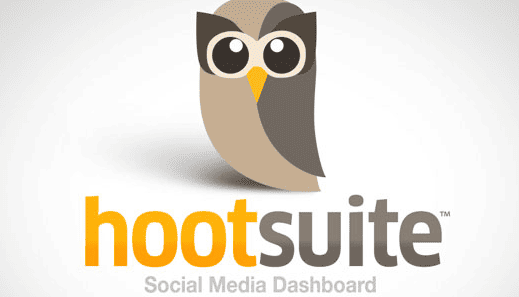
Social media has come a long way since the days of Mark Zuckerberg bringing Facebook into the world in the mid 2000’s.
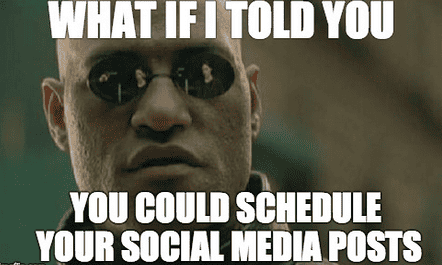
Believe it or not, you don’t have to publish posts the moment they pop into your head. Many social media platforms utilize a “schedule” feature that will post your content for your when you schedule it to. It is a very useful tool to incorporate.
Having to keep track of multiple accounts on multiple platforms can be daunting. It can also be overwhelming and make it harder to deliver quality content. There are sites such as hootsuite.com that make all this managing easier by centralizing everything to one site and one login.
Hootsuite users can not only scan multiple accounts on a single sight, they also have the ability to do the scheduling for all the accounts on that one site and see what is upcoming on the calendar.
If Hootsuite is not to your liking, it also helps to have everyone that is in charge of handling the social media on a Google Sheet for the social media accounts. Google Sheets works very similar to Microsoft Excel with the main difference being the program is located online and only those invited can access the spread sheet.
The goal is to see better and plan what you are doing in terms of Social Media Optimization.
These are a few tips in getting your band noticed in the online community. It all comes down to the work you’re willing to put into your band, however, there is a major difference in working hard and working smart.
We at both Concert Crap and the SoCal Pop Punk Coalition want to do our best to inform our readers how they can work smart and how they can achieve their own personal goals.
Post by Matthew Saunders
Follow Concert Crap on Instagram
Follow Concert Crap on Twitter
Or click the “Follow” link on the bottom right corner and type in your email to get updates sent directly to your inbox.
#concertcrap
[contact-form][contact-field label=’Name’ type=’name’/][contact-field label=’Email’ type=’email’/][contact-field label=’Comment’ type=’textarea’ required=’1’/][/contact-form]
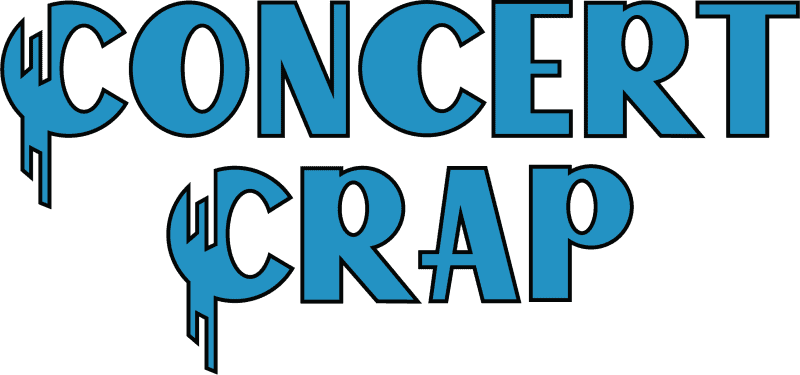
Leave a Reply